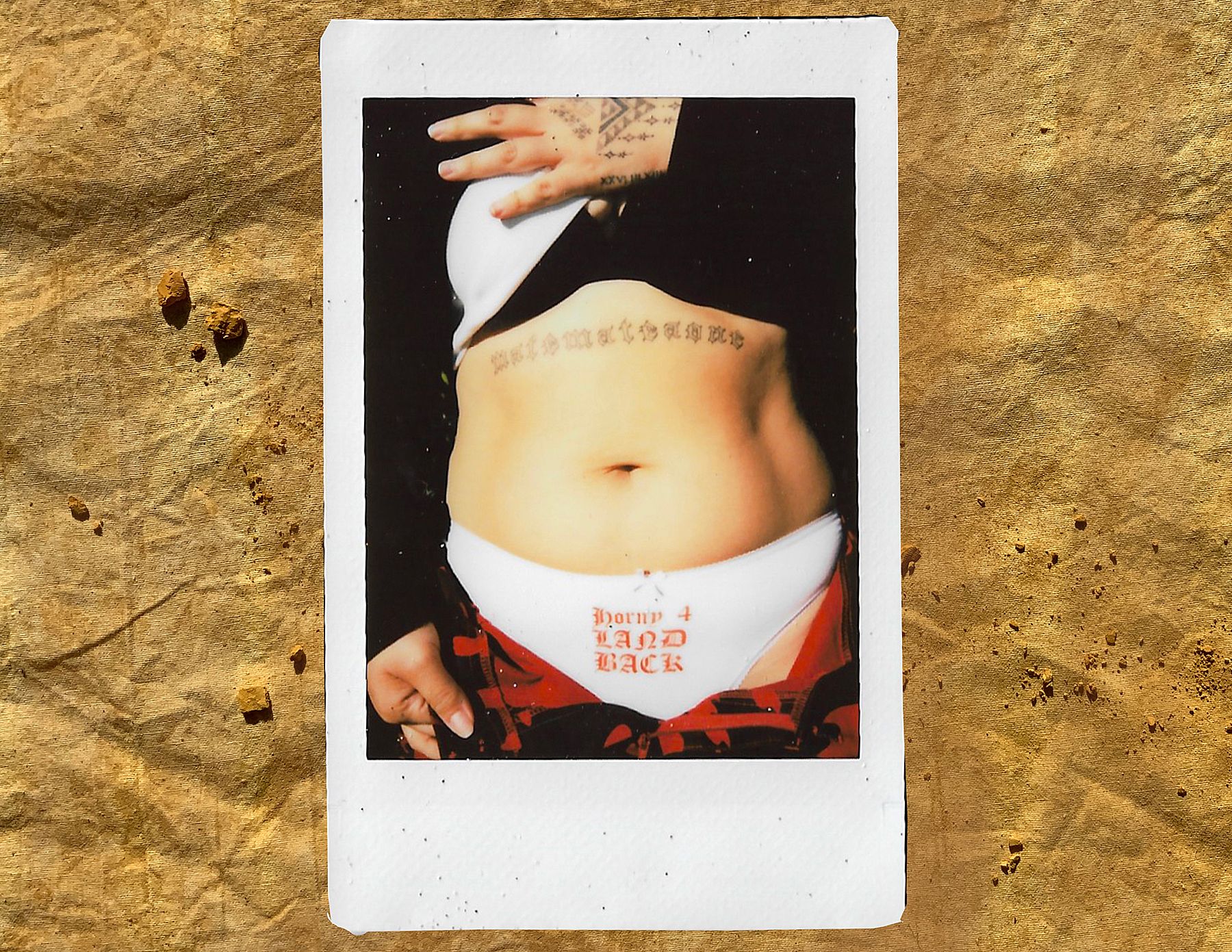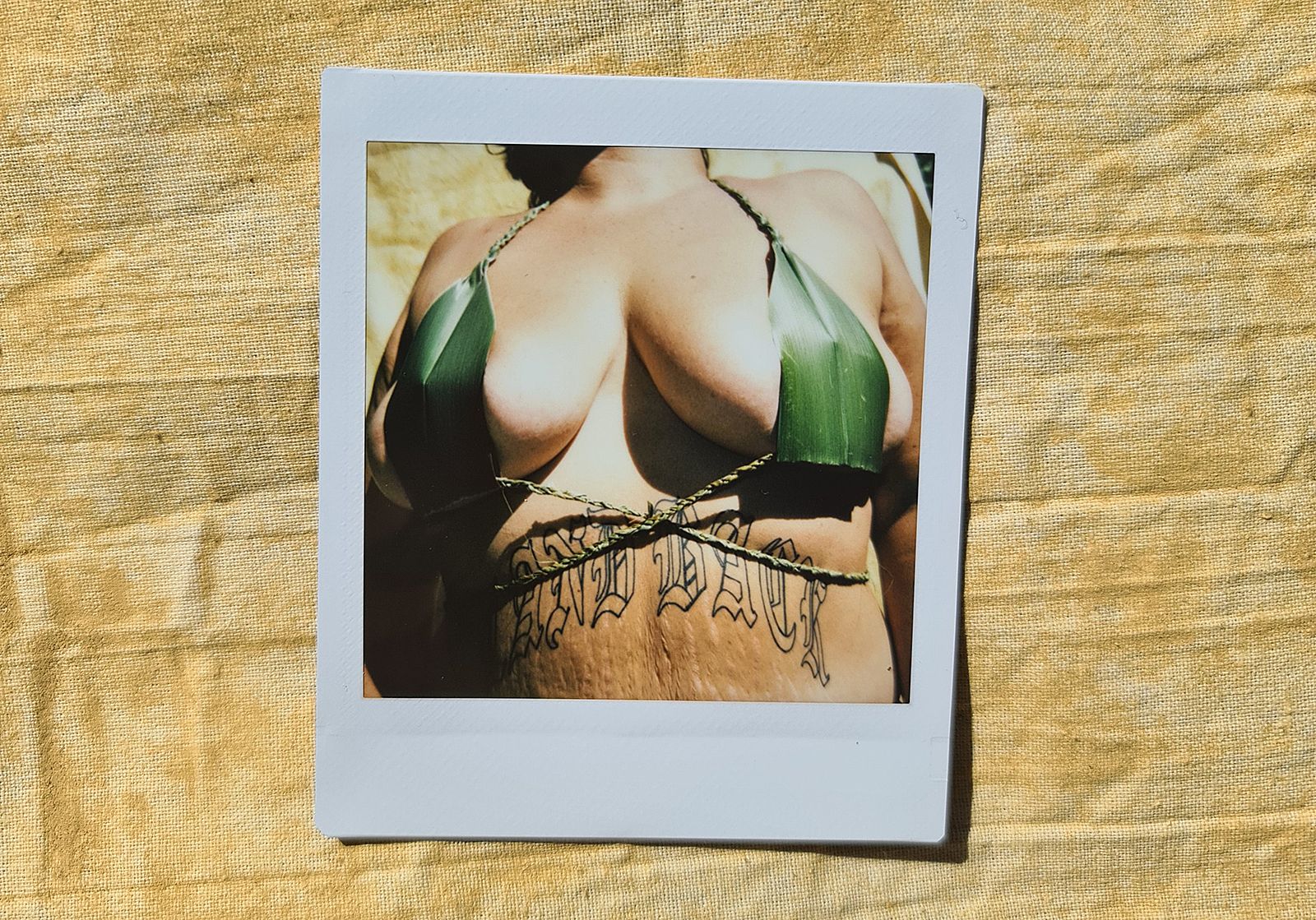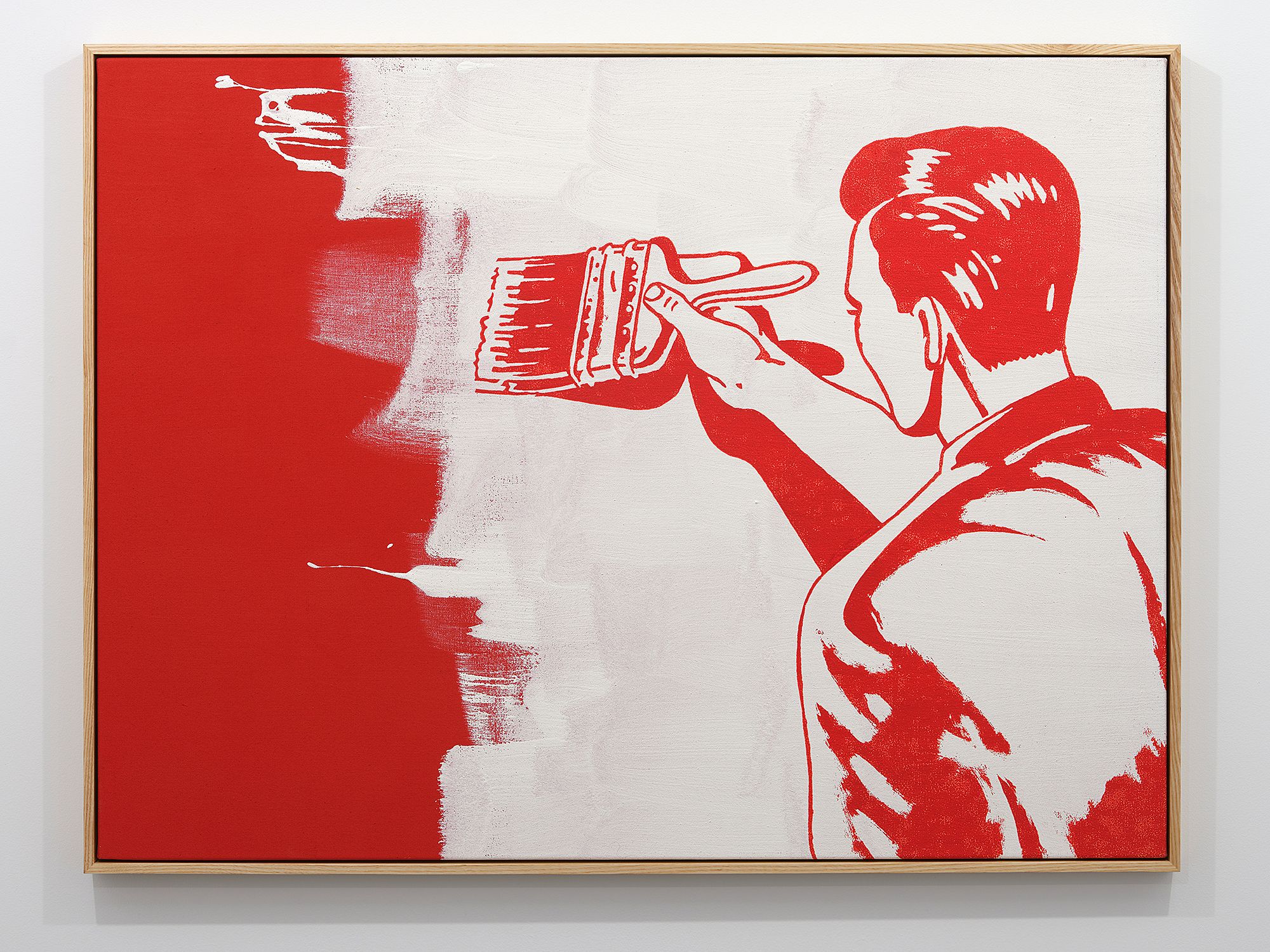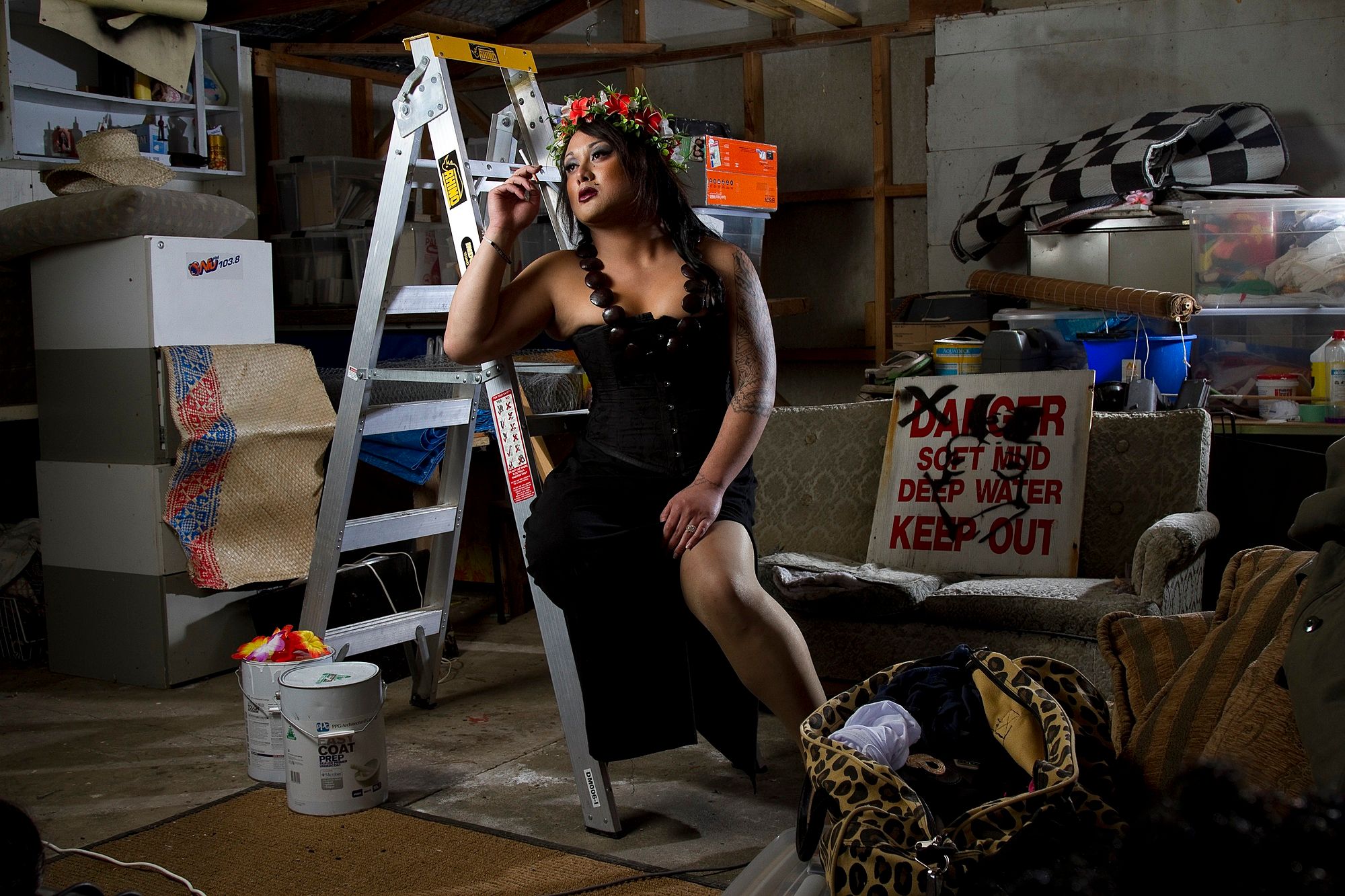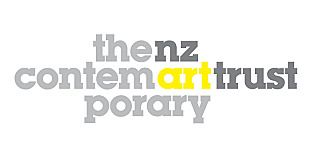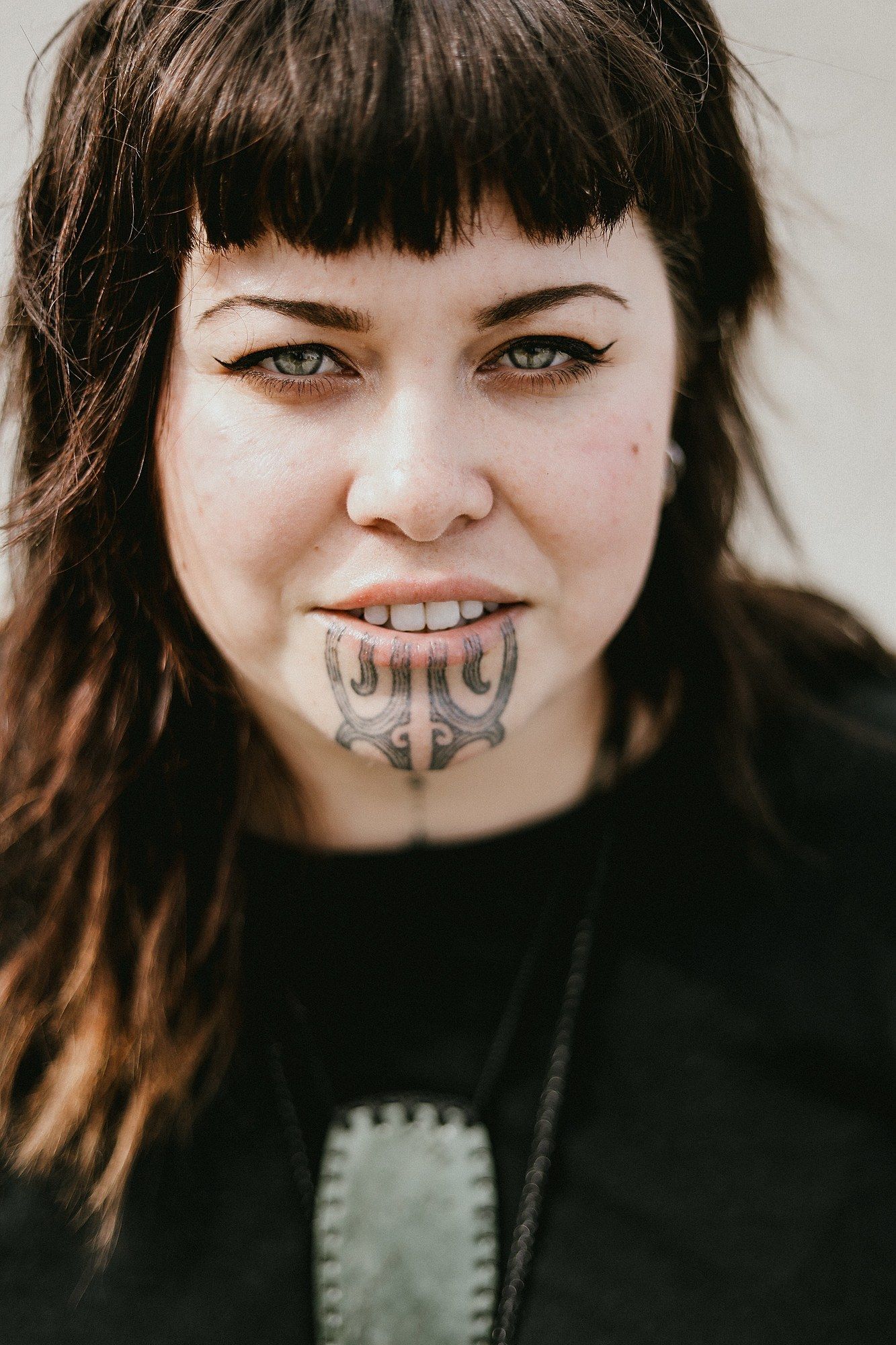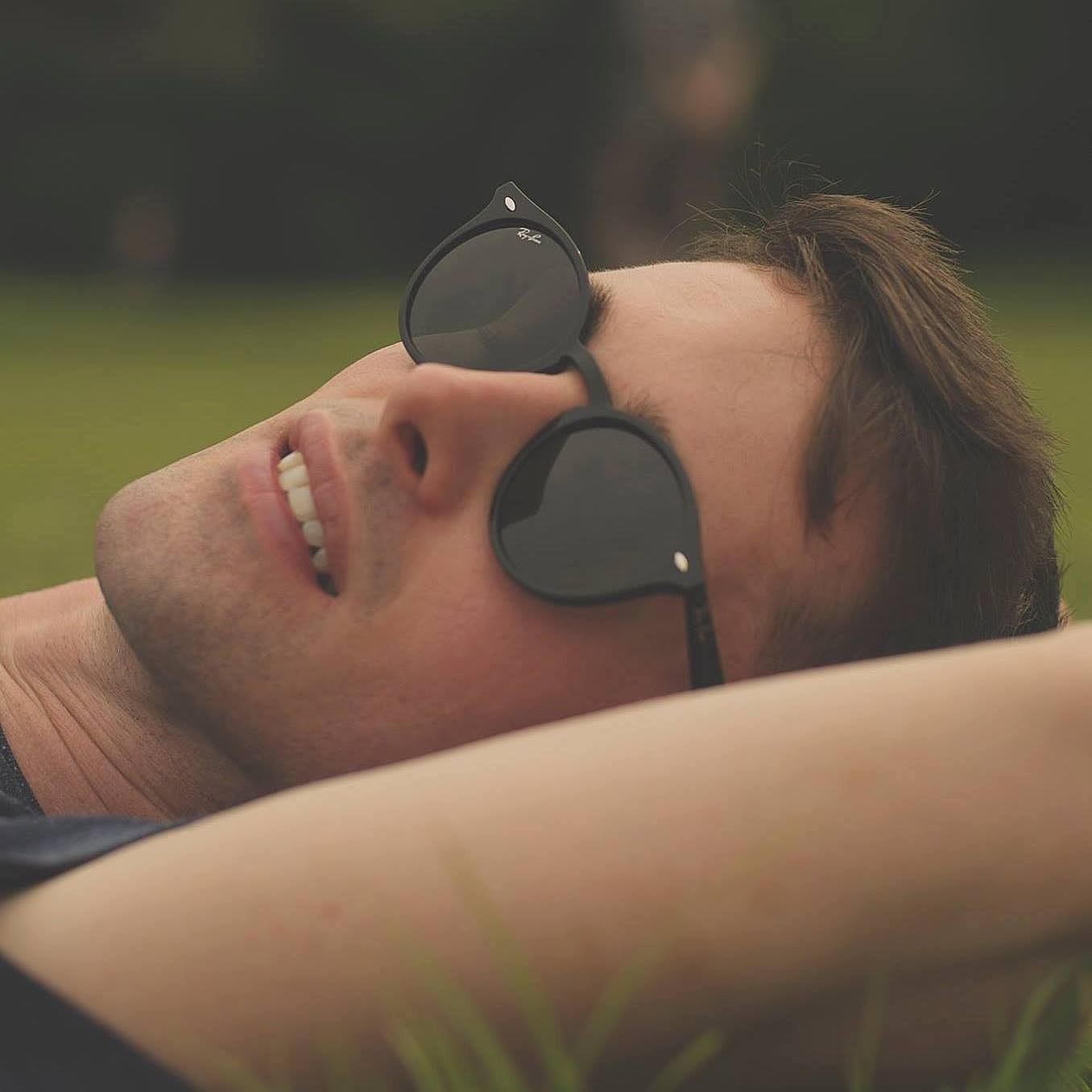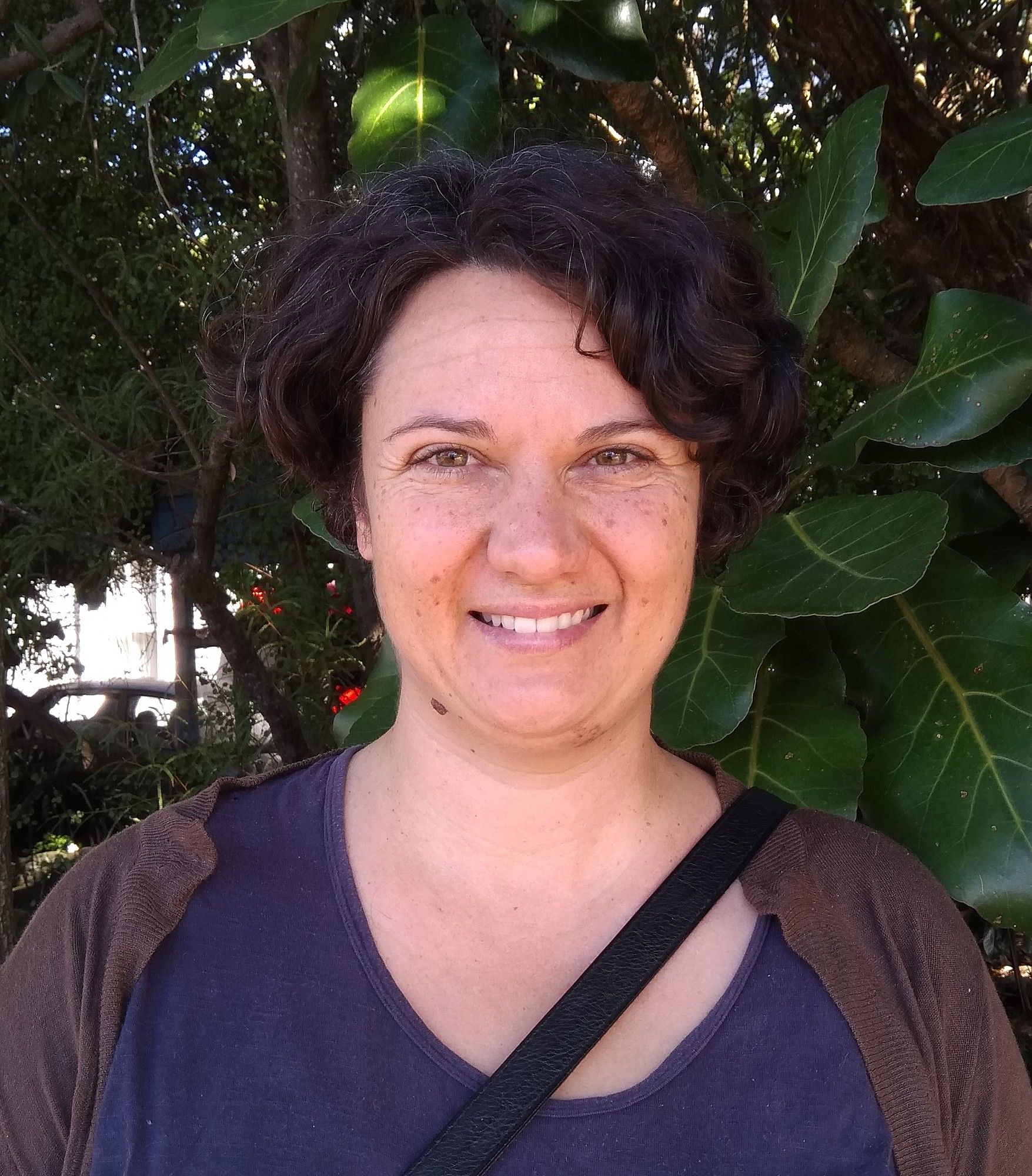The Unmissables: Three Artworks to See in March
The best art on show in the dealer galleries of Tāmaki Makaurau Auckland and online in March 2021.
A monthly round-up of artworks from the dealer galleries of Tāmaki Makaurau that we keep returning to.
The artworks in this month's Unmissables take a slightly different turn as our critics managed navigating art galleries throughout the lockdown in Tāmaki. There's a variety of different art on show, revisiting old works from established artists, and newer work from emerging artists available not in galleries but online. No matter what the art is, the variety available is a testament to the staying power of art and creativity as an expression of ... whatever you want it to be.
Our team of art critics, Ana McAllister, Francis McWhannell and Tulia Thompson, have trawled the streets of Auckland and online to showcase some of the most exciting art around.
Kauae Raro is a research collective based out of Whakatāne. They are a group of artists and creators who research and experiment with natural pigments across the motu. Kauae Raro is made up of Lanae Cable (Ngāti Awa, Ngāi Tūhoe, Ngāti Pūkeko), Jordan Davey-Emms (Ngāti Pākehā) and Sarah Hudson (Ngāti Awa, Ngāi Tūhoe, Ngāti Pūkeko). Their Instagram @kauaeraro is a dirt coloured collage filled with images of re-Indigenisation. Their mahi asserts the mana ō ngā whenua, and the mana ō Papatūānuku, it highlights the colourful nature of our whenua. Follow them and you’ll never look at dirt the same again!
The Kauae Raro collective recently released the second issue of their publication PARU. PARU is an eight page zine with content that manifests the phrase ‘horny 4 landback’. The Polaroid images within PARU are full of sexy, dirty, Queer bodies exerting their tino rangatiratanga. Bodies covered in dirt, a sensual mixture of nature and BDSM that I had never considered could be so incredibly sexy. The zine itself is handfolded with a thick paper, making it feel gritty, and substantial. Turning through the yellow toned pages, you feel a sense of excitement and intrigue. What picture will be next? How dirty could this get? Each zine includes different images, meaning this experience is even more intimate. The PARU zine is yet another important piece of work asserting the inherent sexuality within Māori culture. It is available online now for only $20. - AM
PARU
Kauae Raro
Available online until sold out
Harakeke bikini by Kauae Raro
Ian Scott (1945–2013) is inextricably bound up with the lattice, a motif – or rather a concept – that he pushed in a great many directions. It’s his art historical signature, like Max Gimblett’s quatrefoil or Allen Maddox’s cross. But Scott is much more than the lattice. Some readers will no doubt be familiar with his earlier figurative paintings, with their neat suburban homes, glossy magazine people, and colliding airplanes. Some will know his ‘appropriation’ works, which closely scrutinise the local canon. Yet when the big book of Ian Scott and the major retrospective eventually appear, I suspect many will be overwhelmed by the richness of the under-known. Painting, at Michael Lett, comprises six gems from a little-seen series from the early 1990s. The works engage in a kind of cartoon trompe-l’œil, featuring screen-printed brushes and rollers – wielded by arms or hanging on nails – that seem to have made gestural marks on the canvases.
The paintings are influenced by pop art, of course, winking at Roy Lichtenstein and comic book fans everywhere. I tend to read them as cultural commentary. In Painting Wall (1992), a twee picture of sail boats in a fancy frame hints at a Pākehā New Zealand that might not always possess the most sophisticated tastes and points of view. The general emphasis on painting tools with everyday applications suggests that for many folks painting is something you do to a house, not something you reflect on in a gallery. Which is not to say that the works are necessarily condescending. Scott was more than capable of turning out a crowd-pleasing landscape, and he didn’t slam those who preferred to do so. If anything, he seems to have championed the expanded field. He was pro abstraction, pro representation, pro brushes, pro spray guns, pro stencils.
Painting nods towards a number of Scott’s non-lattice works and series. The figure in Red Painter (1992) recalls the ‘dad’ in his Bush House (1966). The palette of Painting Wall is in sympathy with a number of his geometric abstracts. The works are formally sharp. The expanse of white on red in Red Painter is superb colour field painting. The inky splotches and smears in White Wall (1995) would, I think, win the approval of Julian Dashper and Oliver Perkins alike. But the most enduring element of Painting is its playfulness. To see a picture of some paintbrushes hanging on a white brick wall hanging on Michael Lett’s white brick wall is funny – even before you think of the expression ‘white cube’. The show is a delightful reminder that Scott was a deeply witty artist, and that many more strands remain to be teased out of the proverbial lattice. - FM
Painting
Michael Lett
11 March–10 April 2021
Ian Scott, Red Painter, 1992
Vunilagi Vou used to be a tiny, bright yellow gallery in Ōtāhuhu. The impact of last year’s lockdowns has been that Vunilagi Vou operates out of Tavola’s converted garage in Papatoetoe, on an appointment only basis. It is the only gallery I have felt at home in (I spend a lot of time in galleries feeling unseen!). The Vunilagi Vou stockroom exhibition at The Alexander Cafe, the brainchild of gallery owner and artist-curator Ema Tavola, came about to counteract the ongoing impact of the Covid-19 lockdown in South Auckland. The exhibition is a fantastic retrospective for considering the impact of Vunilagi Vou and its punchy, Pacific decolonial and feminist vision. Most pieces for sale are under $600. Tavola is a resilient Fijian-Pākehā creative, who makes brave decisions to support Pacific artists and honour their work. Lush photos by acclaimed Pati Solomona Tyrell produce an electric charge from the intersection of gender fluidity, Indigeneity and sacredness. In 2019, Tavola commissioned a print series in honour of the protest images of Emory Douglas, former Ministry of Culture from the Black Panther Society. Tanu Gago’s assured, bold response Dead in the Streets (2019) protests the armed police trial in South Auckland.
Feau o Fafine 1 by Moe Laga (2014) from FAFSWAG features Laga wearing a black gown posing against a silver, metallic ladder in a garage. There is an old fridge behind her, with a woven mat propped in it’s door. Laga looks contemplative, she has a sei of orange flowers on her head and is holding a cigarette.The photo tells a story of homecoming; the garage looks like so many converted Pacific spaces where you might drink kava. Tavola tells me that the photoshoot actually occurred in her garage -- the one that now houses Vunilagi Vou. I love that Laga’s powerful image is a self-portrait; Laga is representing herself on her own terms. The photo is a means of speaking back to racism and transphobia. Laga’s contribution to the talanoa is absolutely current, powerful and beautiful. - TT
Vunilagi Vou stockroom exhibition
The Alexander Cafe
On until 27 March
Moe Laga, Smoko Break (Feau o Fafine series), 2014
The Unmissables is presented in a partnership with the New Zealand Contemporary Art Trust, which covers the cost of paying our writers. We retain all editorial control.
Feature image: Horny 4 Landback, Kauae Raro
